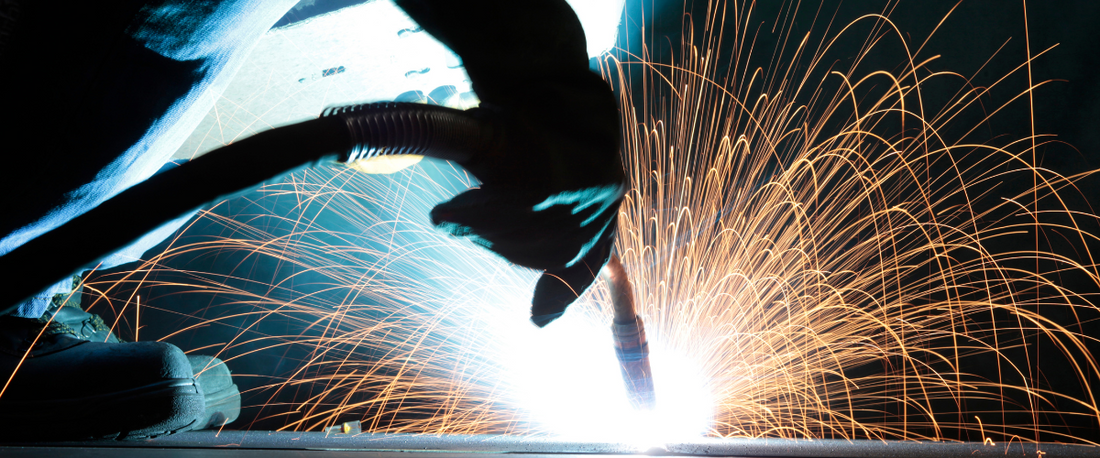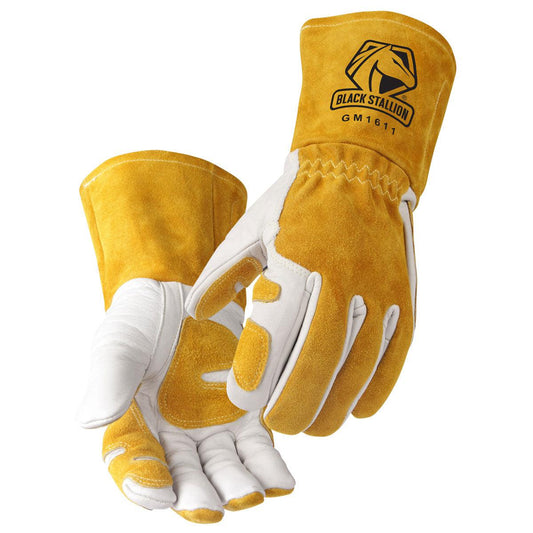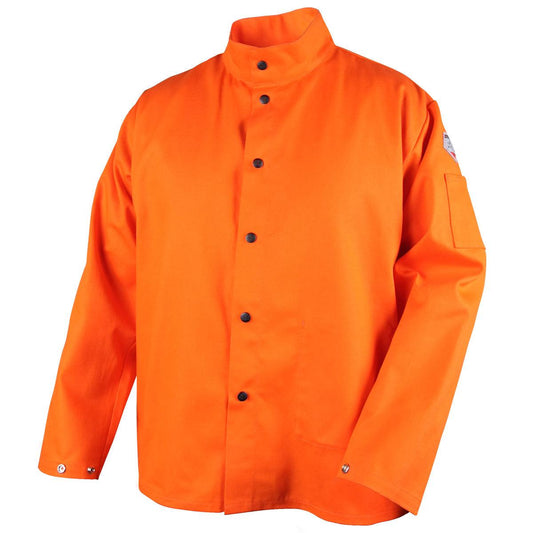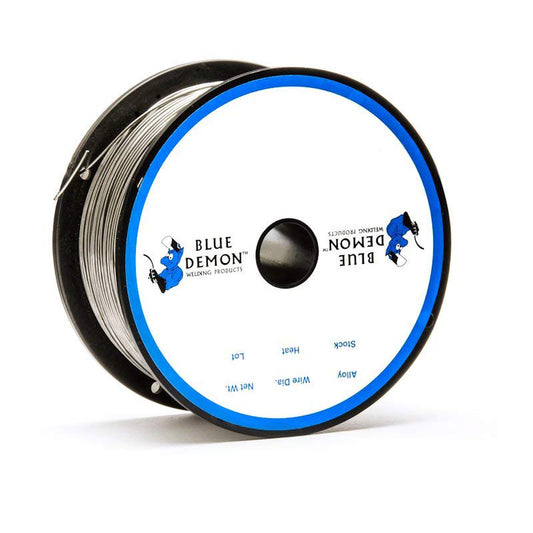A common question for new welders is vertical up or down. Some may ask what that refers to. Vertical is the position of the weldment in respect to the welding axis and up and down is the progression of welding.
Down:

Up:

Image Sources: WCWelding & WCWelding
The choice of progression has multiple variables; welding process, electrode type, material type, and material thickness. When considering the welding process, typical processes that allow vertical down progression are SMAW and GMAW. DO NOT USE GTAW IN THE VERTICAL DOWN PROGRESSION!
Electrodes have designations for positions. In the instance of SMAW, the 3rd or 4th digit represents the position. If that digit is a one such as E6013 or E6011, it can be used for all positions (flat, horizontal, vertical, and overhead) but not all progressions. If that digit is a 2 such as E7024 or E7028 then it can be used for flat and horizontal. Primarily, the only electrodes used for vertical down are EX010, EX011, and EX0
13. For example, an EX018 can't be used for vertical down even though it has a 1 for all positions, and a EX013 can't be used for vertical up even though it also has a 1 for all positions. Progression is not designated by electrode type, positions are.
For FCAW the electrode also has a designation for position. This time it is a 0 or a 1. The 1 in E71T still depicts an all position status, then the 0 depicts flat and horizontal only. FCAW CAN NOT BE USED IN THE VERTICAL DOWN PROGRESSION. When welding in the vertical up position, generally a weave is not required. If anything a small circle progression will keep the weld from building up too high.
In GTAW and GMAW, generally speaking, all electrodes can be used in all positions, with the exception of metal cored electrodes, which some can only be used in the flat and horizontal position. Again in GTAW a vertical down progression can’t be used.
When associating vertical progression with material thickness, there has been a general consensus of ¼ material is the maximum thickness that the vertical down progression can be utilized on steels. I would disagree with this consensus. AWS D1.3 allows the use of vertical down on sheet material up to 3/16″. Also AWS D1.1 allows vertical down on every material thickness (1/8″ to unlimited) with the qualification of a procedure. After running multiple procedure qualification or PQR tests in the vertical down progression, according to AWS D1.1, it requires a substantial amount of skill and knowledge to make a sound vertical down weld on anything more than 1/8” material.

Image source: EWI
For the beginner, it is best not to even waste time utilizing the vertical down progression. It is no more than a confidence builder for visually appealing welds. However no matter how visually appealing it is, there is no good way to tell if the weld is sound unless it is tested, whether it is destructive or Non Destructive (RT,UT,PT, or MT).
If you have any questions on machines and which one would be right for the job, give us a call and we will be happy to assist. If you are looking for welding accessories and gear, be sure to check out what have to offer here.



